
Craving to know if seagulls fancy fish? Let's dive into the feathery world of these opportunistic diners and uncover the truth behind their foodie habits!
Seagulls: The Savvy Snackers of the Shoreline
When it comes to mealtime, seagulls are nothing short of clever connoisseurs. Their diet may start with fish, but these crafty birds aren't limited by the menu. They're always ready to improvise and adapt to whatever the environment offers. This makes seagulls not only fascinating creatures but also exceptionally successful survivors along the coast and beyond!

Fish and More: A Seagull's Eclectic Diet
Sure, fish are a primary part of a seagull's diet, thanks to their coastal habitats where fish are readily available. But what happens when fish play hard to get? That's when seagulls exhibit their adaptability, showcasing an appetite for a smorgasbord of goodies:
- Terrestrial arthropods
- Invertebrates
- Small rodents, like the unsuspecting squirrel
- Reptiles and amphibians
This versatility is what enables seagulls to thrive in various environments, turning even the unlikeliest locales into a dining hotspot. For an in-depth look at the many seagull species and their varied diets, check out this comprehensive article on gulls.
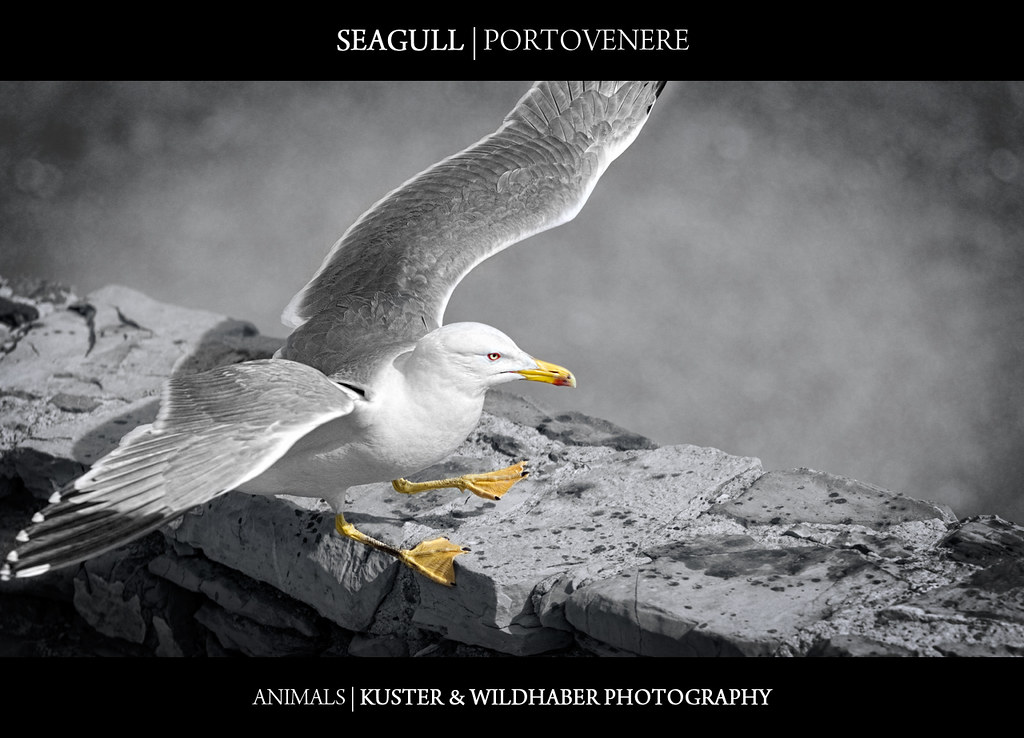
Crafty Catchers: How Seagulls Score Their Meals
Seagulls don't just rely on luck when it comes to fishing; they’ve mastered a repertoire of strategies to secure their sustenance. Ever seen a gull hovering above the water before dive-bombing bill-first? This is the plunge diving technique, a hallmark of their fishing prowess.
But that's not all! Their intelligence also shines through when they snag a snack using bait, like a piece of bread, to lure fish. And let's not forget their infamous reputation for swiping fish straight out of other seabirds' beaks, displaying a cheeky, yet effective, piratical side!
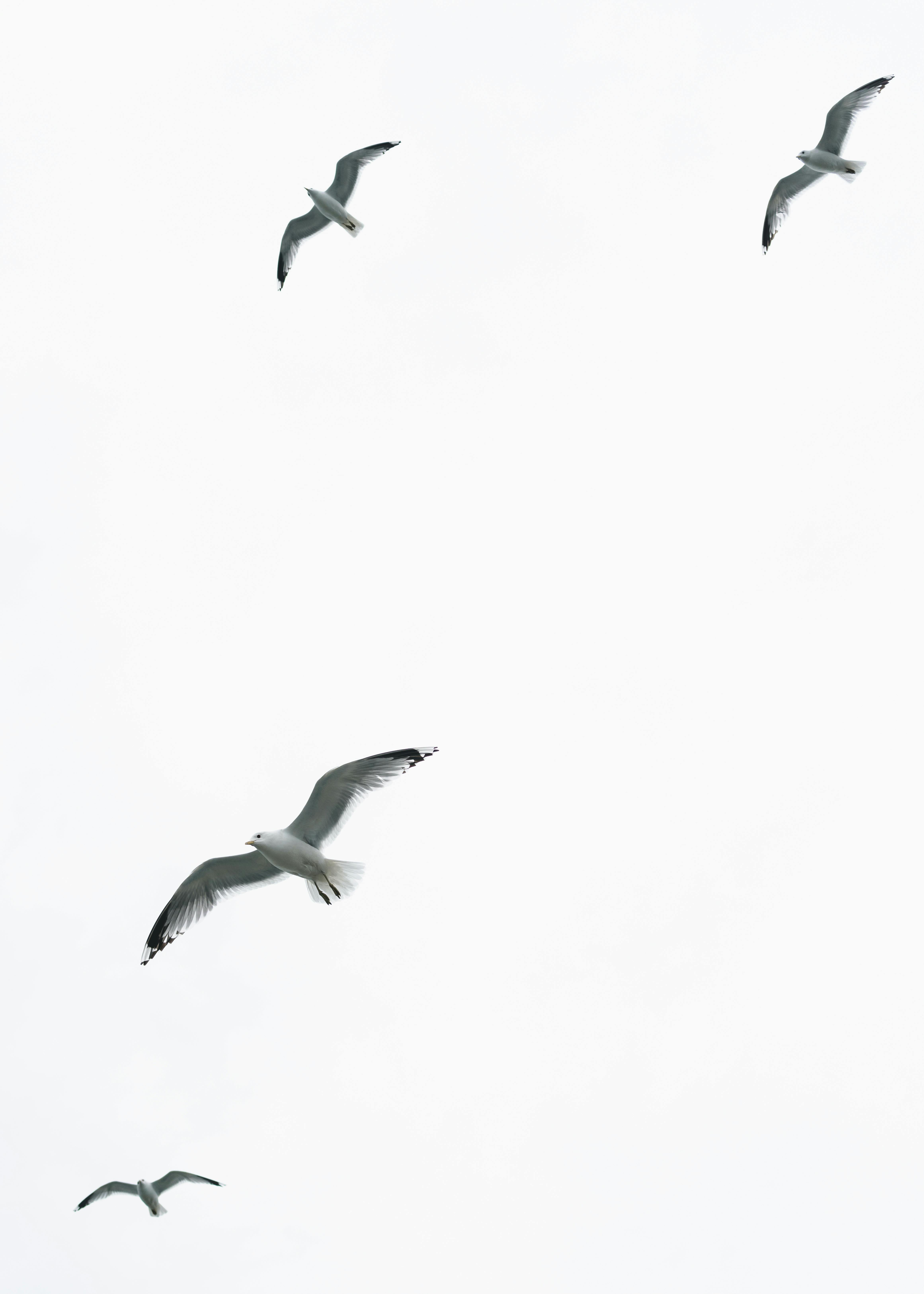
Human Food: A Blessing or a Curse?
While seagulls are known for wolfing down human food scraps, lending to their renowned adaptability, this habit can backfire nutritionally. Over-reliance on human refuse—such as bread—might lead to deficiencies, particularly for young chicks needing protein-rich diets for growth.
The Impact of Seasonal Shifts
Depending on the time of year, seagulls' dietary preferences showcase a keen sense of dietary survival. During breeding seasons in spring and summer, adult gulls prioritize finding protein-heavy foods like fish to support their growing chicks. Come winter, with natural food harder to find, these seabirds are more inclined to munch on discarded human food.
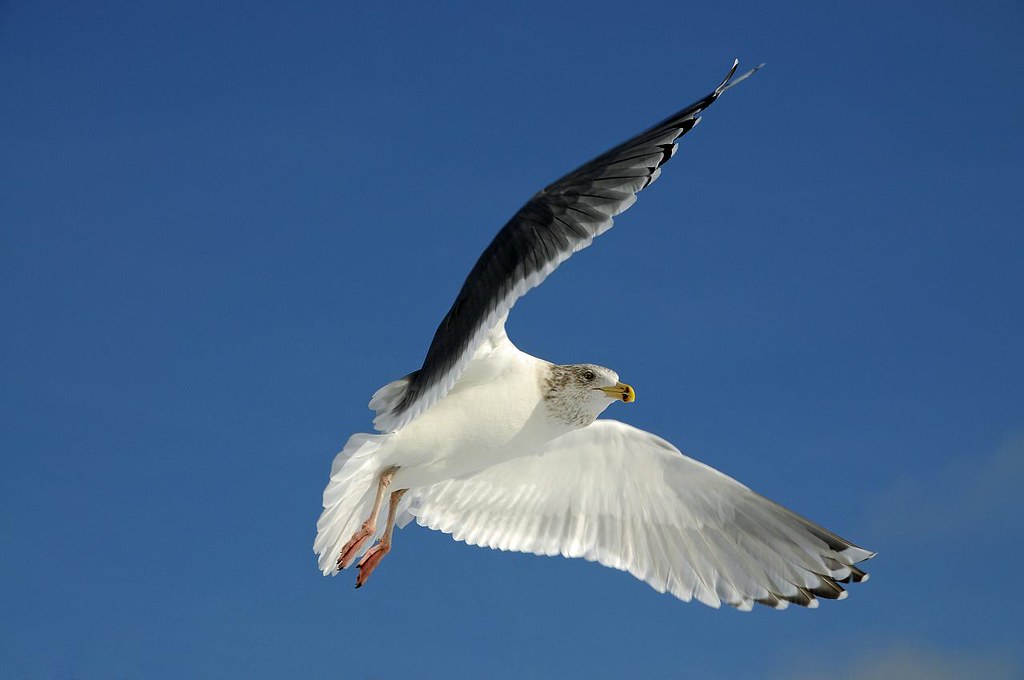
Species Spotlight: Different Tastes Among Seagulls
| Seagull Species | Natural Foods | Human Food Reliance |
|---|---|---|
| Herring Gull | Diverse diet | Adapts readily |
| Laughing Gull | Focuses on natural foods | Less reliant |
As seen, some species like the Laughing Gull prefer sticking to things they find naturally, while others like the Herring Gull embrace eclecticism by sampling both natural and human offerings.
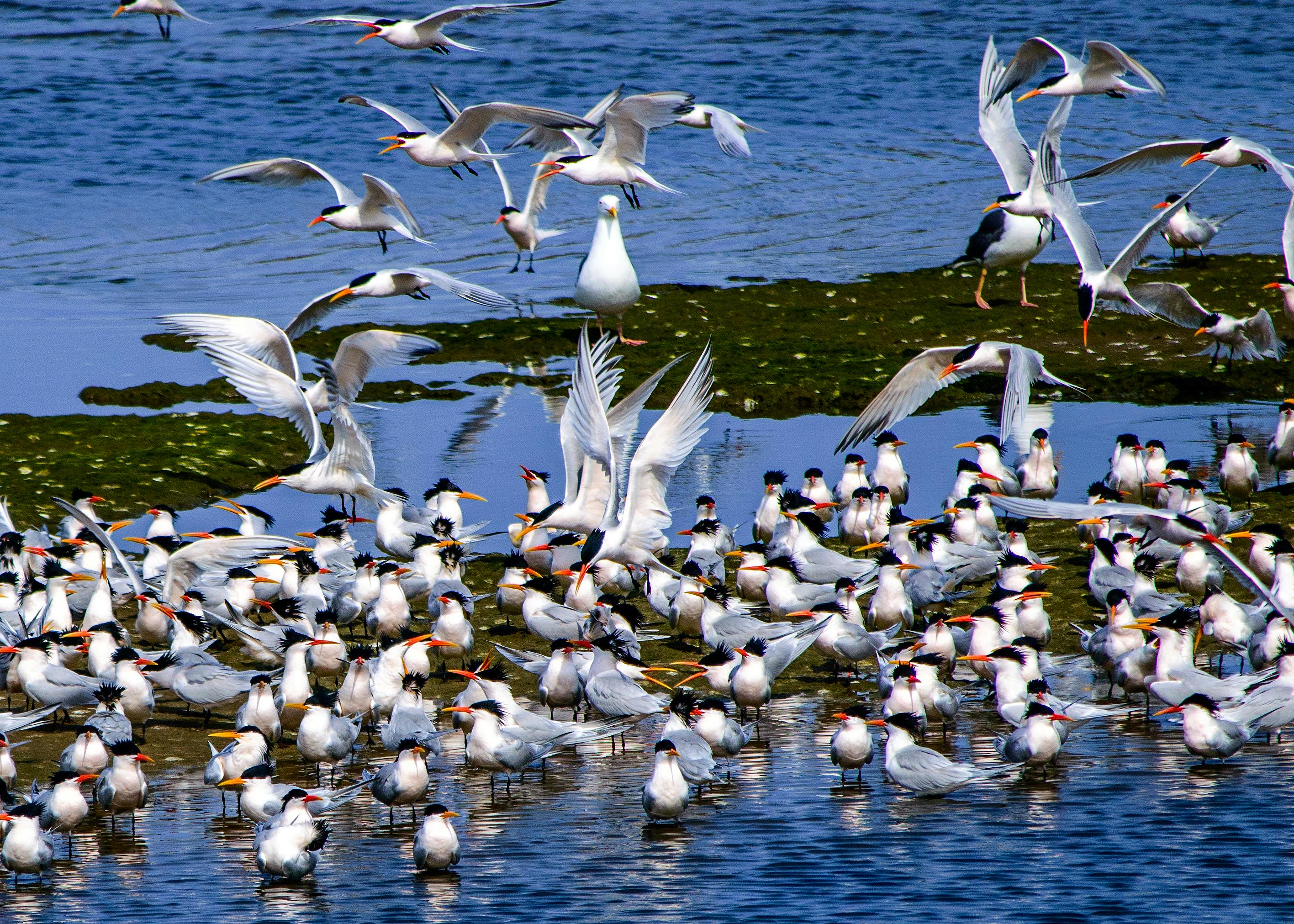
Join the Conversation
Fish, both fresh and snatched, clearly play a significant role in a seagull's culinary adventure, but they're not alone on the menu. Seagulls' adaptable dining habits reflect their intelligence and survival instincts. Ever observed a gull in the act of procuring its next meal? Or maybe you've seen how they adapt to different environments? Share your experiences or thoughts in the comments—I'd love to hear your stories!
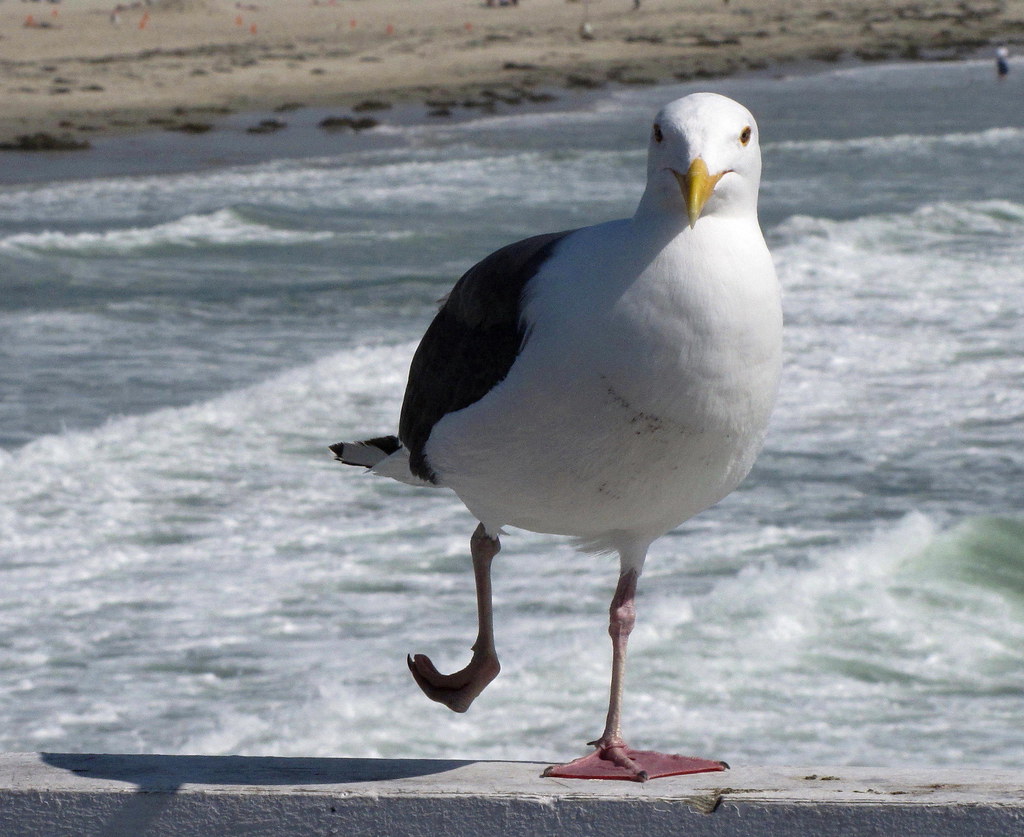
The Burgess Bird Book for Children by Thornton W. Burgess
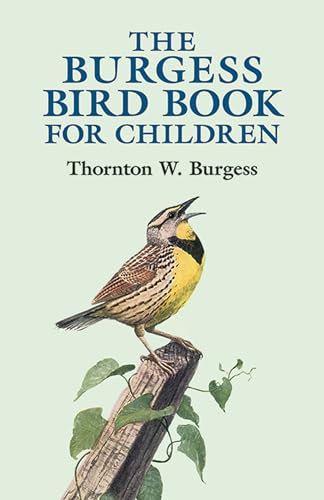
Introduce your children to the captivating world of birds with this delightful classic. "The Burgess Bird Book for Children" is a charming blend of storytelling and natural history, perfect for engaging young minds. Through enchanting tales, children will meet colorful characters and learn fascinating facts about the avian world. Ideal for budding nature enthusiasts, this book makes exploring wildlife fun and educational.
Frequently Asked Questions
Do seagulls eat fish?
Yes, seagulls eat fish as a primary food source. They are also known to consume shellfish, krill, mollusks, and other marine creatures. These opportunistic birds can hunt from the surface of the water and search for food along the shore.
What's the biggest thing a seagull can eat?
Seagulls can eat surprisingly large prey, including entire rabbits in some cases. Their anatomy enables them to swallow large items whole, although their diet primarily consists of smaller fish and scavenged items.
Why do seagulls like shellfish so much?
Seagulls are particularly fond of shellfish, such as shrimp and clams, because they are high in nutrients and easy to find in coastal areas. They are skilled at breaking open shells to reach the meat inside.
How do seagulls catch fish?
Seagulls often catch fish by skimming the water’s surface or wading in shallow areas. They may also dive lightly to snatch fish near the surface but generally avoid deep-water hunting.
Are seagulls omnivores?
Yes, seagulls are omnivores. In addition to eating fish and shellfish, they also consume insects, rodents, plants, and scraps from human food sources. This diverse diet enables them to thrive in various environments.
So, next time you find yourself watching seagulls swooping gracefully over the waves or scavenging comfortably on the shore, you’ll know their culinary explorations are just as exciting as their aerial acrobatics. These savvy snackers remind us there’s always room for a little improvisation, and that's something we can all appreciate. If you're curious to learn more about the fascinating marine world or eager to share your own seaside stories, why not connect with us on social media? Dive into more of our fin-tastic content by following us on Pinterest. Catch a glimpse of architectural wonders and nature's beauty on Instagram, or join the conversation on X and Facebook. We’d love to hear from you and see the world through your eyes too!
